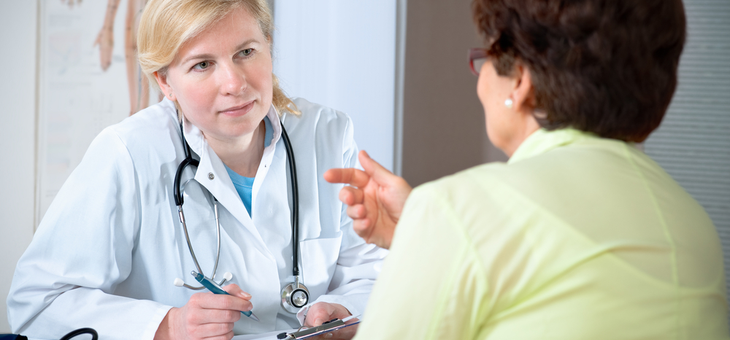A report released on Monday by the Australian Institute of Health and Welfare (AIHW) shows that total health expenditure by governments in 2016–17 rose to $180.7 billion, or more than $7400 per person.
Overall, the real growth in 2016–17 health spending was 4.7 per cent, up from an average of 3.1 per cent over the previous five years.
Does that equate to good news for you and your out-of-pocket medical expenses?
Judging by the result of YourLifeChoices’ Retirement Matters Survey and analysis by Professor John Goss, from the University of Canberra’s Health Research Institute, the answer is no.
Asked ‘What strategies do you use to make your money go further?’, 49 per cent of the almost 6000 survey respondents said they went only to doctors who bulk billed and 18 per cent said they avoided going to a dentist.
Professor Goss noted that in the five years since the last AIHW report in 2011–12, real out-of-pocket payments per person had climbed only five per cent, “which was a big improvement compared with results from the five years to 2011–12 when they climbed 29 per cent.”
“Does this new good news contradict all those claims that out-of-pocket costs are one of the most important issues in the health sector?” he asks in an article on The Conversation.
Essentially, no.
Professor Goss says Australians have one of the highest ratios of out-of-pocket recurrent health spending among wealthy countries – even though it fell slightly from 17.9 per cent to 17.7 per cent, according to the latest report, Health Expenditure Australia 2016–17.
The areas with the highest out-of-pocket expenses were visits to specialists and dentists.
“For specialists, they [out-of-pocket fees] are high and growing; an average of $155 per person, up 43 per cent since 2011–12,” he said.
“A worrying 7.3 per cent of Australian adults who needed to see a specialist in 2016–17 said they delayed or didn’t go because of the cost.”
That response was particularly evident when it came to visits to dentists.
Out-of-pocket costs for dental services reached $240 per person per year. And even those with private health insurance still paid 46 per cent of dental fees charged, Professor Goss said.
“Many people without insurance avoided the dentist altogether. Some 27 per cent of the bottom fifth of the population, who are most disadvantaged, delayed or did not see a dentist when they should have in 2016–17, due to the cost.”
The table below shows the out-of-pocket spending per person per year in 2016–17 (and the change in percentage) for assorted health services.
- medications not subsidised by government – $394 (10 per cent)
- prescription medicines subsidised by government – $58 (-15 per cent)
- dental services – $240 (11 per cent)
- aids and appliances – $118 (1 per cent)
- allied health professional services – $95 (-17 per cent)
- unreferred (GP and other) medical services – $31 (4 per cent)
- referred specialist and other medical services – $155 (43 per cent)
- hospital services – $133 (9 per cent).
Read the full article on The Conversation here.
Do you believe the issue of out-of-pocket costs incurred by visits to specialists and dentists needs urgent attention?
Related articles:
GP visits too costly for many
Take the bill shock out of surgery
Rogue surgeons’ fees slammed

